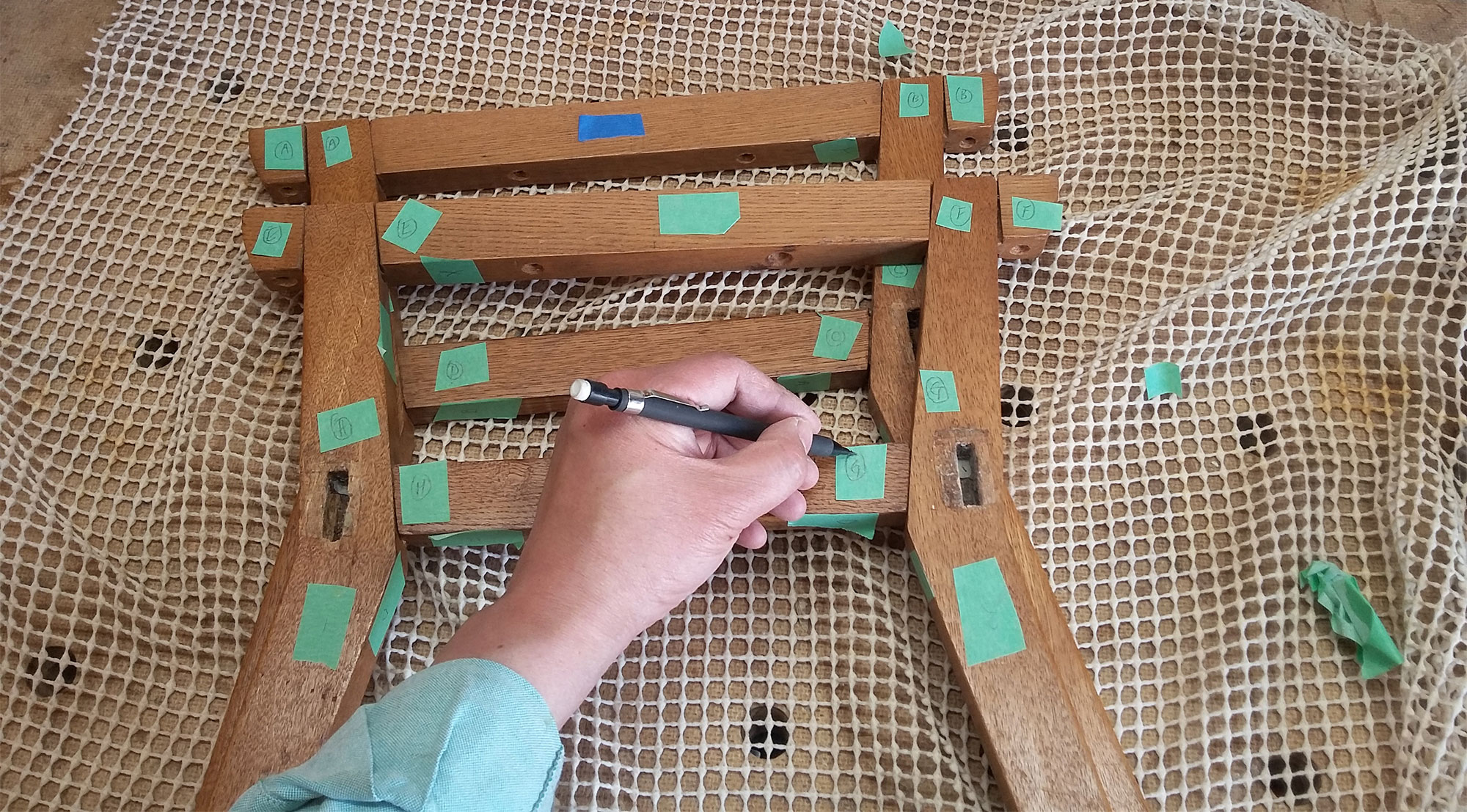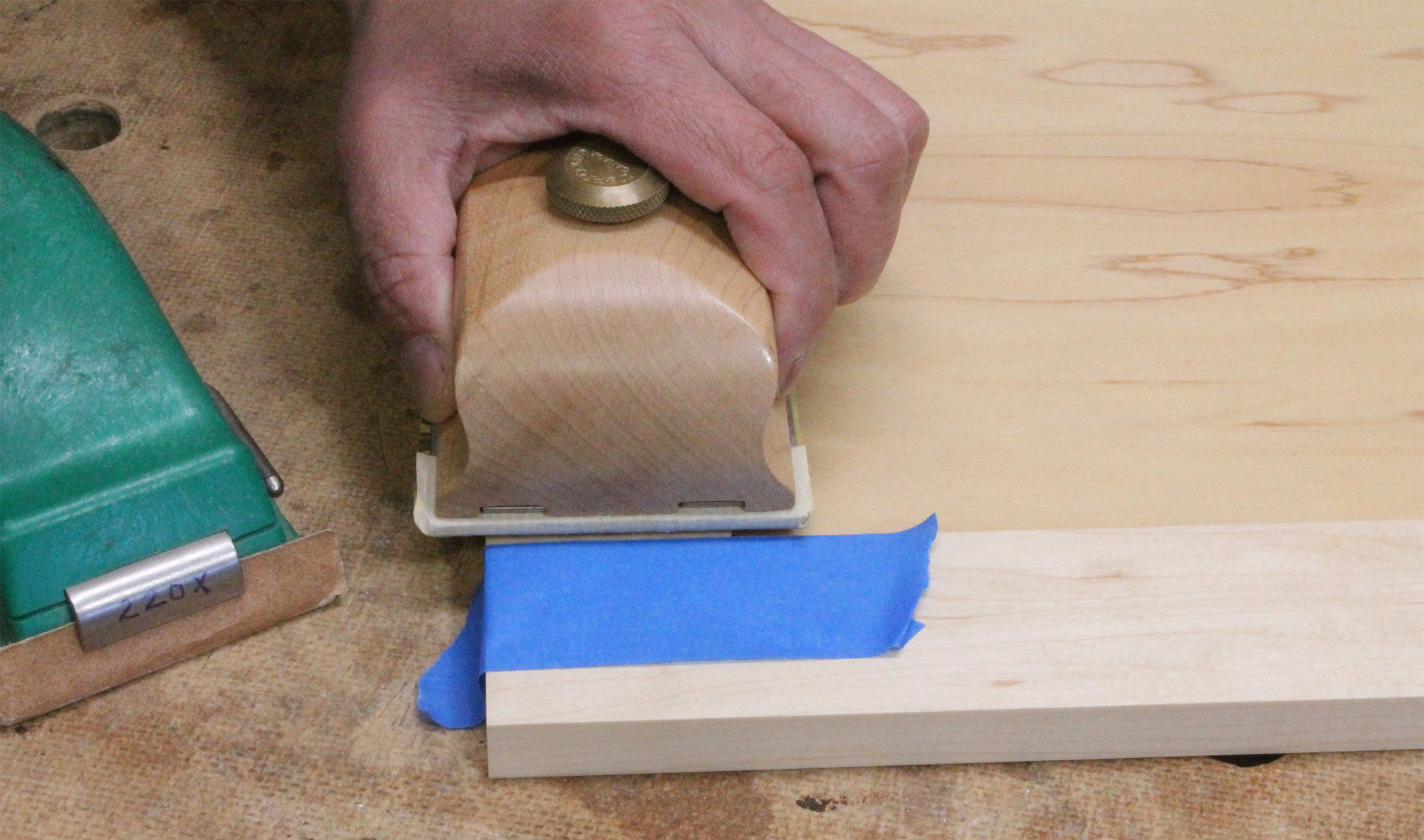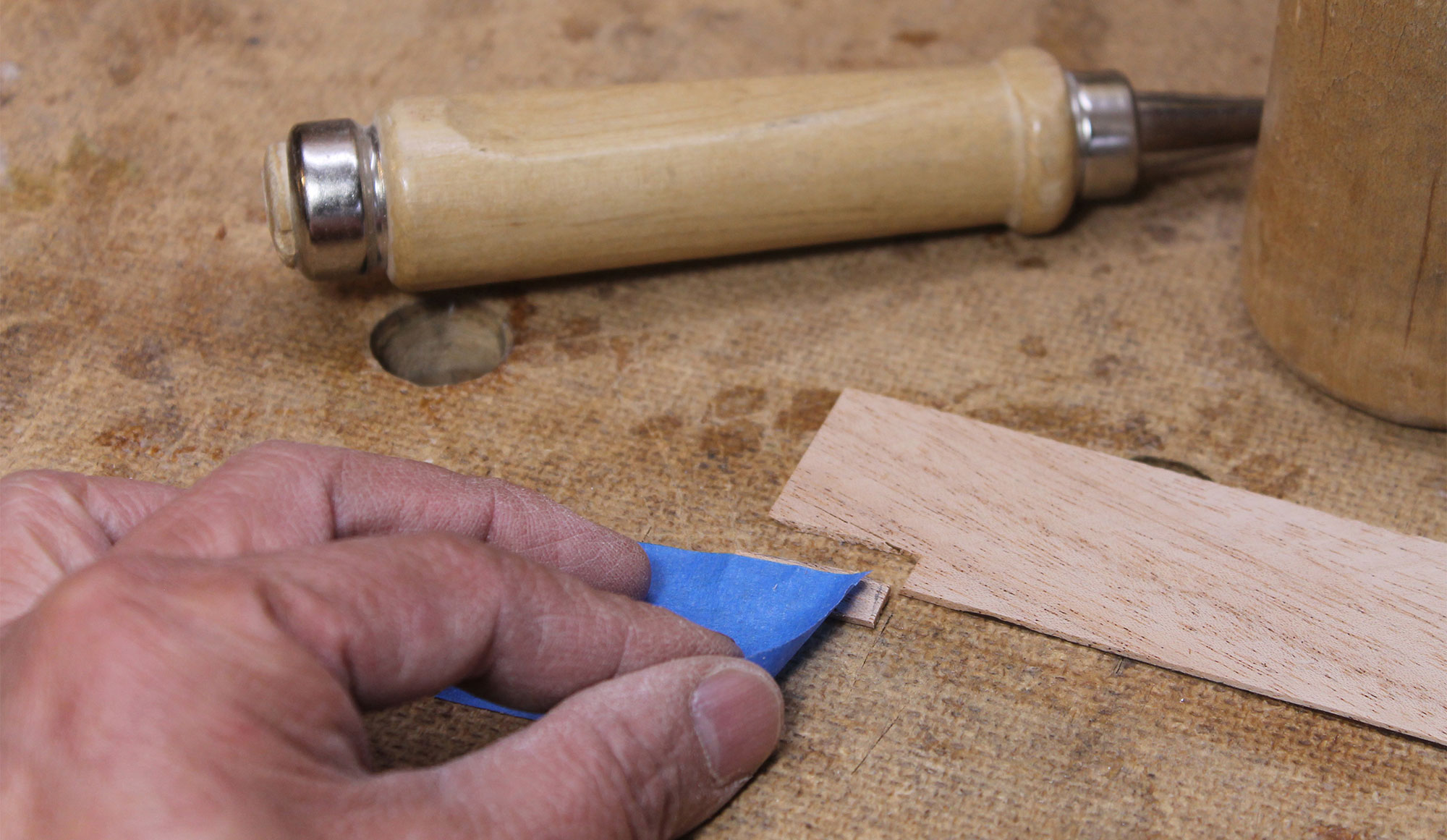Unleashing the Power of Masking Tape in Woodworking: 10 Creative Applications

Masking tape, often overlooked in the woodworking realm, is a versatile ally that can revolutionize your crafting process. From simplifying tasks to enhancing precision, this humble adhesive tape holds surprising potential for woodworkers. Let’s delve into ten creative ways masking tape can elevate your woodworking projects.
Protecting Surfaces: Whether you’re clamping pieces together or applying finishes, masking tape serves as a protective barrier, preventing glue or stains from adhering to unintended surfaces and minimizing cleanup efforts.

Improving Grip: Wrap masking tape around tool handles to enhance grip and reduce hand fatigue during prolonged woodworking sessions. The added texture provides a secure hold, particularly useful for chisels, saws, and other hand tools.
Marking Measurements: Use masking tape as a temporary measuring guide by applying it directly onto your workpiece. Its low-tack adhesive allows for easy removal without leaving residue, making it ideal for marking cut lines or layout references.
Securing Joints: When assembling joints or mitered corners, masking tape acts as a temporary clamp, holding pieces in place while glue sets. Its flexibility allows for precise alignment adjustments before the adhesive cures.

Minimizing Tear-out: Prevent tear-out and splintering when cutting or routing wood by applying masking tape along the cut line. The tape provides support to the wood fibers, resulting in cleaner cuts and smoother edges.
Creating Templates: Construct intricate templates or patterns using masking tape on a flat surface. Its adhesive properties allow for easy repositioning and adjustments, facilitating the creation of custom shapes or designs.
Identifying Grain Direction: Determine the direction of wood grain by applying masking tape across the surface and then peeling it off. The tape will lift more smoothly in the direction of the grain, aiding in proper orientation during machining or finishing.

Temporary Hinge: Craft temporary hinges for mock-up assemblies or test fits by folding masking tape along one edge of the joint. This makeshift hinge allows for movement and adjustment without the need for permanent hardware.
Holding Dowels in Place: When drilling dowel holes, wrap masking tape around the drill bit to indicate the desired drilling depth. This simple technique ensures consistent hole depths and prevents accidental over-drilling.
Organizing Small Parts: Keep track of small hardware or components by adhering them to strips of masking tape on a workbench or container. This makeshift organization system minimizes the risk of misplacing or losing vital pieces during assembly.
In conclusion, masking tape is a valuable ally in the woodworking workshop, offering a myriad of practical applications beyond its conventional use. By harnessing its adhesive properties and flexibility, woodworkers can streamline tasks, enhance precision, and unlock new possibilities in their craft. Incorporate these ten creative uses of masking tape into your woodworking routine to unleash its full potential and elevate your projects to new heights of craftsmanship.
Comments
Add comment